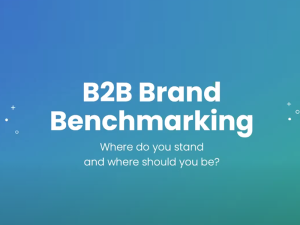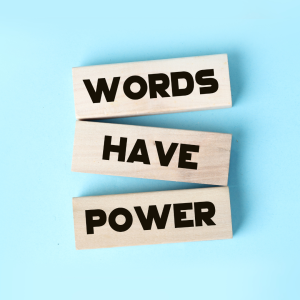This week we take a look at building marketing momentum, why and how to start it, how to keep it going, plus how to measure and predict it in future.
What are we talking about and why?
We’ve had this happen a bunch of times with our clients. We start work. The first couple of months are super heavy on the work and very light on the results. By month 3 the client is happy with the results they’re seeing. By month 6, they’re struggling to find time to take our calls because they’re so slammed trying to keep up with demand. This is marketing momentum. In our age of instant digital everything, fast food, fast fashion and “overnight success stories” there can be a general assumption that everything can be achieved instantly. True marketing momentum doesn’t work quite like that. By its very nature it takes time to build. It’s like surfing. You start paddling out and it is really hard work, even getting out to where the waves are. Then you have to paddle some more to catch the wave, slightly easier but still work. Then, all of a sudden you’re moving without trying, being pushed along by the wave’s power and having a really great time. But it doesn’t last forever, at some point, the wave runs out of power and you have to start again.How much time does building marketing momentum take?
This is a bit of a “how long is a piece of string” question but there are common factors that affect it that you can use or even manipulate to influence the outcome.- Length of sales cycle: If your sales cycle is 2 years long, you’re not going to have built much momentum by next Friday. Conversely, if your “sales cycle” is an almost instantaneous consumer impulse purchase and you’ve not got anywhere after 6 months of trying, something’s wrong.
- Amount of marketing input: This is quite a coarse tactic, but to a degree the more you put in, the quicker you start to see signs of stuff coming back out. More in means more things being tried and measured more quickly, which enables you to adjust your approach and do more of what’s working in a shorter space of time, therefore building momentum more quickly.
- Savviness of strategy/approach/story: Even more than quantity, quality will affect how quickly you can build momentum in a campaign. On point strategies, really compelling stories and approaches gain traction far faster and therefore you see momentum build more quickly.
- How good your offering is: If you’re doing something genuinely different and valuable it will be easier and quicker to build marketing momentum compared with a “me too” product or service that has little of note to say about it.










